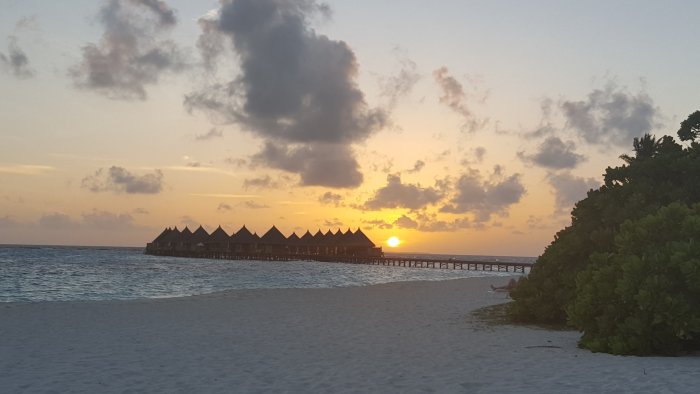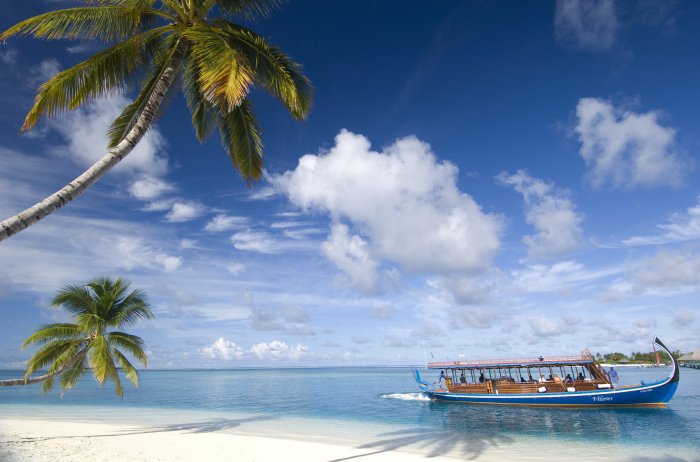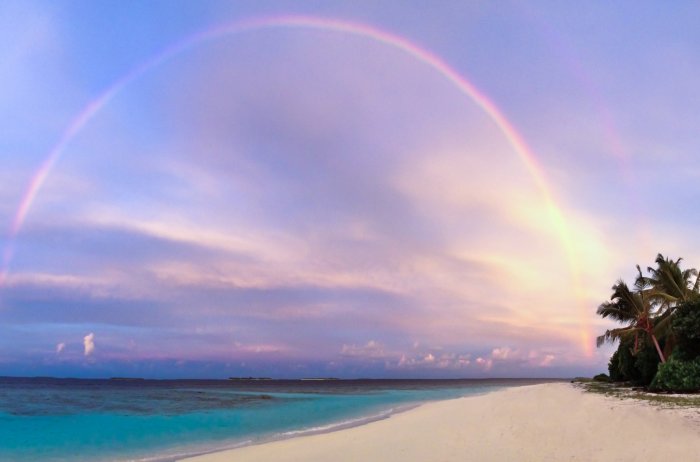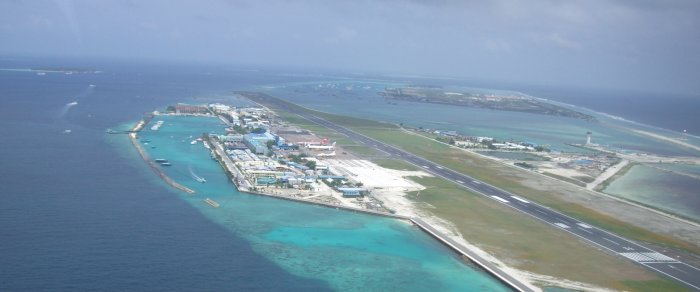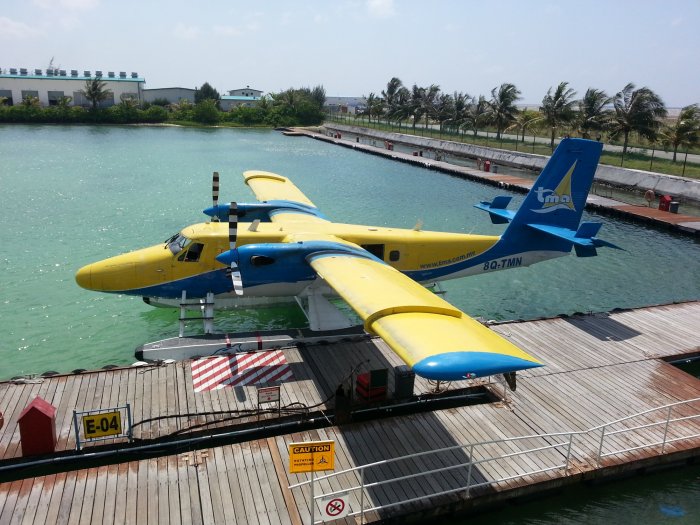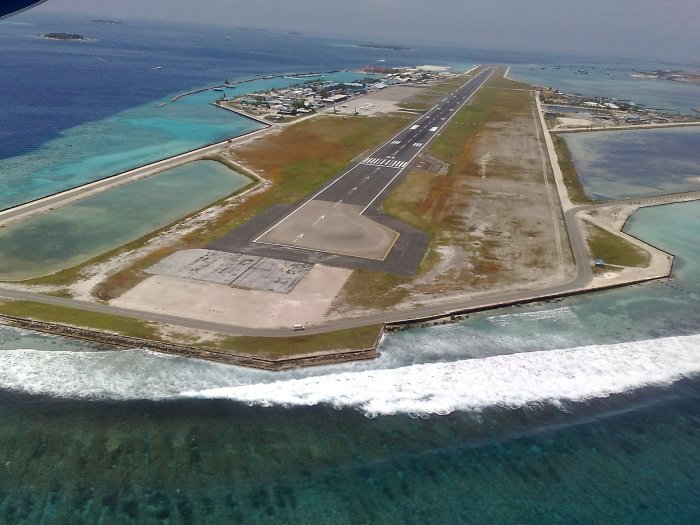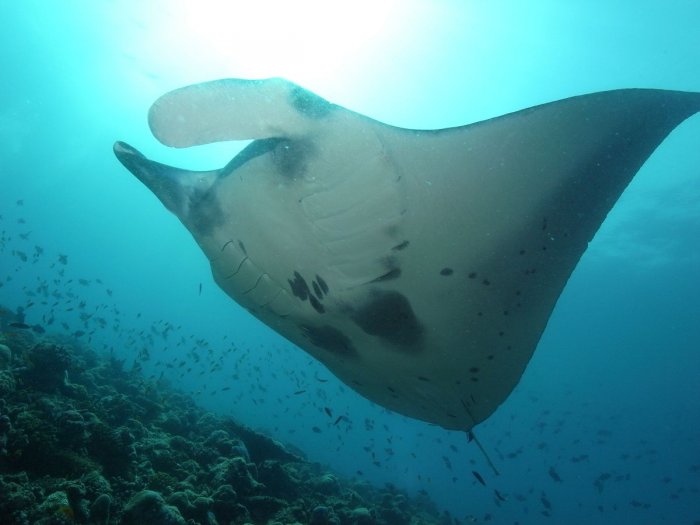Coral Reefs and Conservation
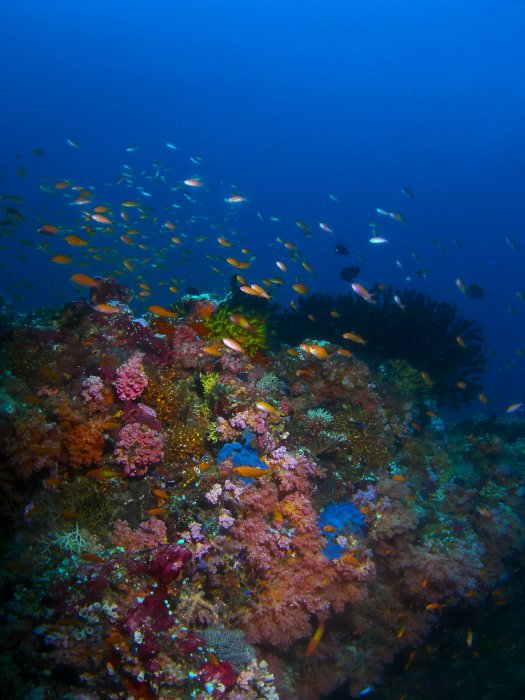
Maldives soft corals on Thulhagiri dive site
The coral reefs of Maldives are on every scuba divers bucket list! Year-round fantastic diving on the many dive sites and every island has its own coral reef so you do not have to travel far to experience the underwater enchantment that Maldives coral reefs offer.
What is coral?
Coral is not a plant! Corals are marine invertebrates. You could say corals are animals.
Corals house plant-like cells, a kind of algae called
zooxanthellae. The symbiotic relationship between the algae and the coral means coral reefs grow and survive.
The algae uses photosynthesis to produce food for the coral while the coral provides shelter and nutrients to the algae. A win-win situation for both!
The Maldives has perfect conditions for coral reef growth; the clear water and abundant sunlight acts a catalyst to the photosynthesis process required for coral survival, and the water currents mean a constant supply of nutrients to the coral reefs.
How are coral reefs made?
Hard corals are often referred to as 'reef builders'. This is because they build a protective skeleton made of calcium carbonate to support themselves and if thousands of coral polyps build their skeletons close together a larger calcium carbonate structure forms that becomes the habitat to reef fish and other marine organisms. This is a coral reef!
Why are coral reefs so important?
Less than 1% of the ocean habitat is suitable for hard corals to grow, due to lack of clear sunlit waters. Yet these coral reefs are among the most diverse ecosystems on earth. They act as nurseries to a quarter of the world's marine species. They protect the land and islands by dissipating wave energy from storms or tsunamis before it hits the coast. The Maldive islands themselves may not have still existed today were it not for the coral reefs surrounding each island!
Also, coral reefs are beautiful! Nothing compares to descending underwater to find a breath-taking coral reef teeming with fish and other marine life in all colours, shapes and sizes. You want future generations to have this opportunity too, don't you? This is why coral reefs are important.


